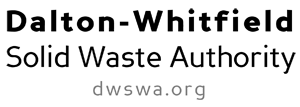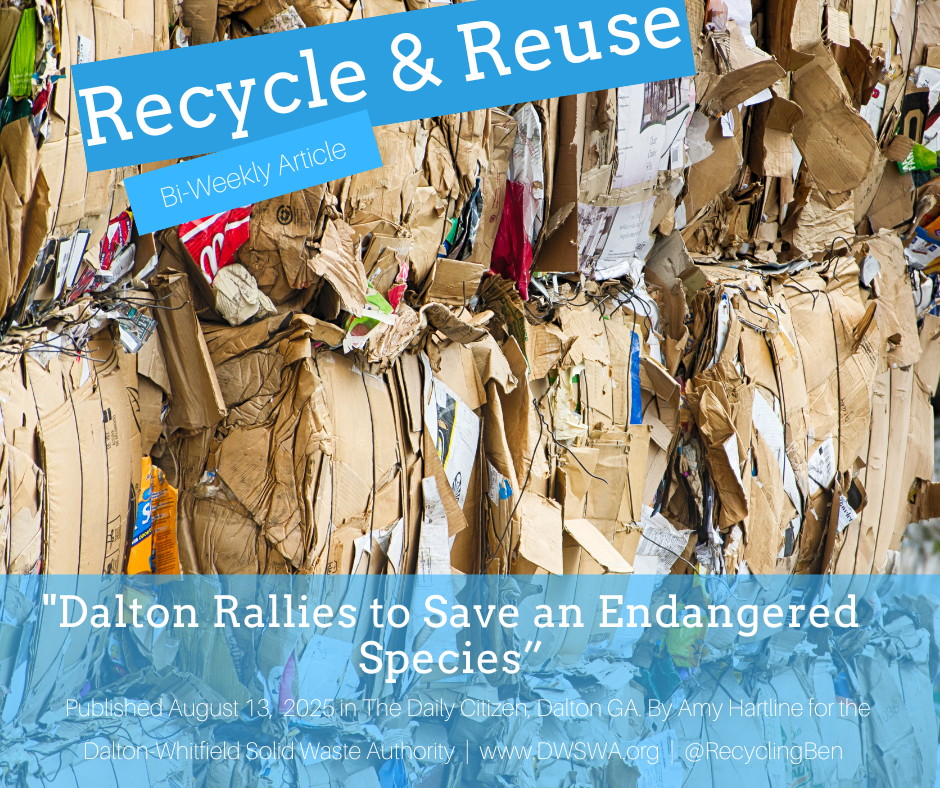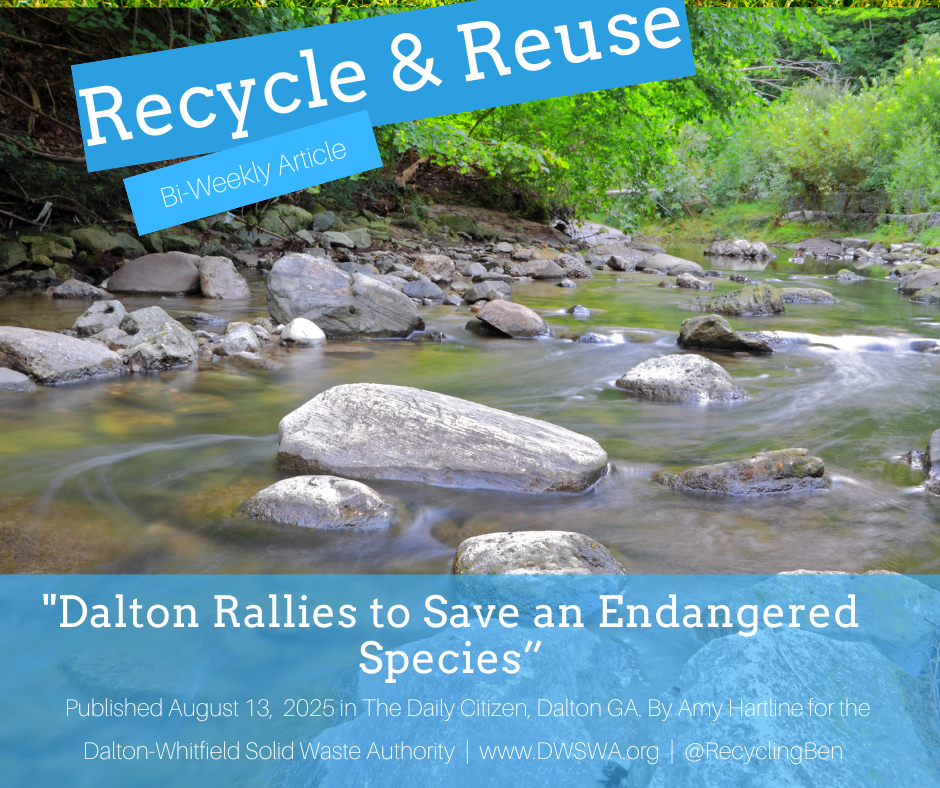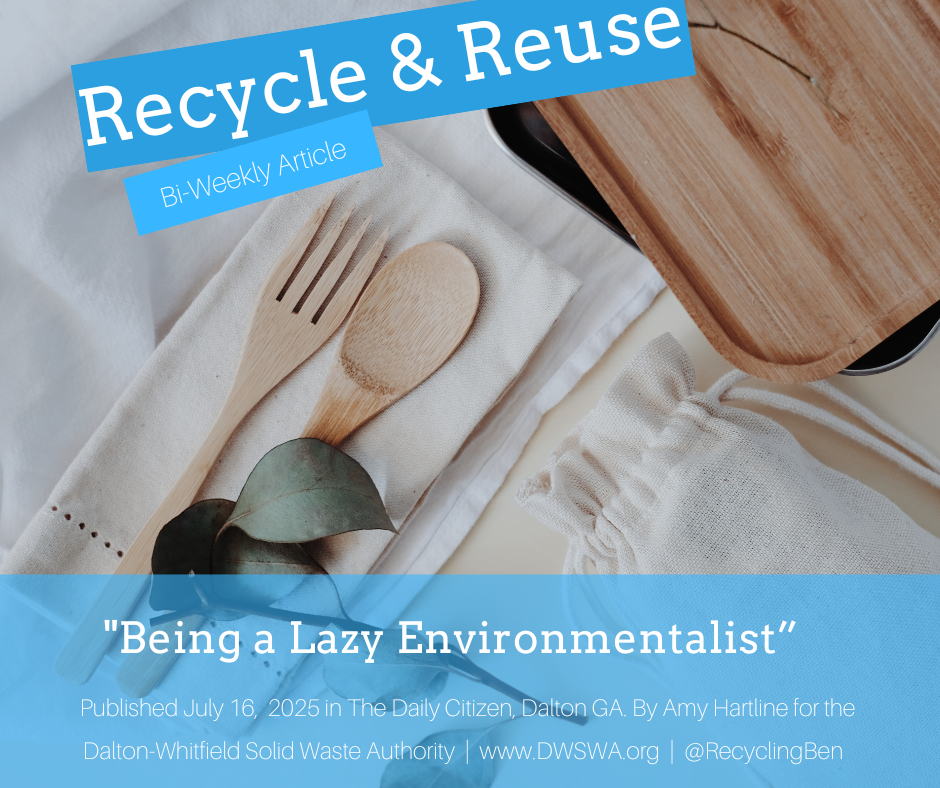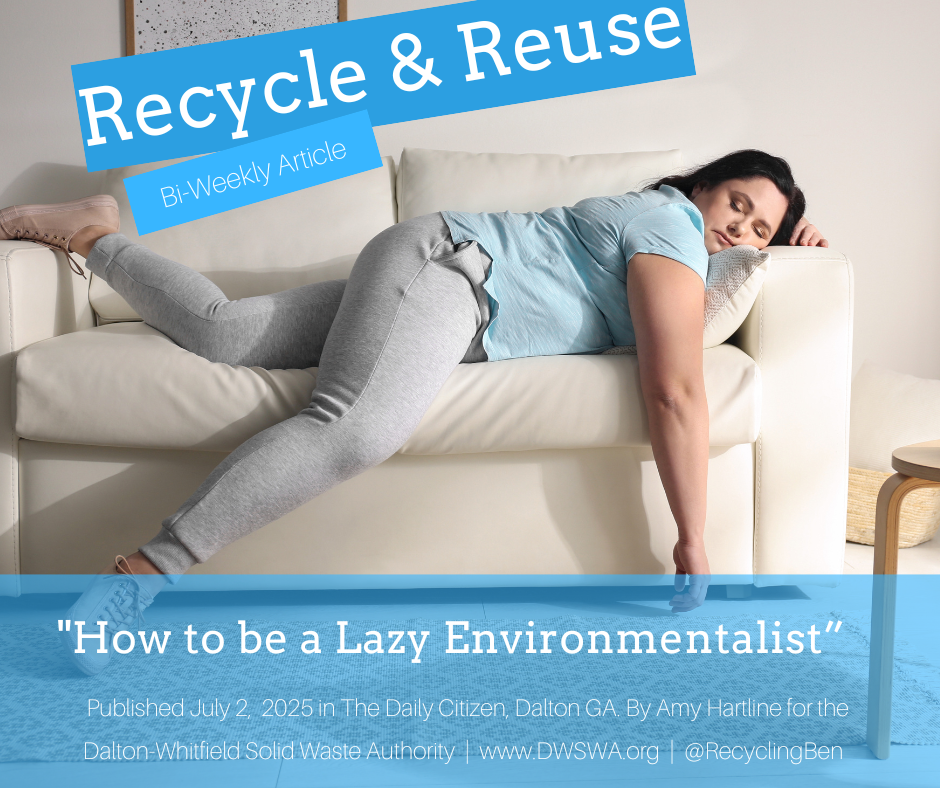Making Thanksgiving Meals Less Wasteful
/(Published on Wednesday, November 11, 2015, in The Daily Citizen, Dalton, GA.)
Recycle & Reuse: Making Thanksgiving Meals Less Wasteful
Using “real” cups, plates, and utensils instead of the single-use disposable counterparts is one way to get rid of the waste during your Thanksgiving meal.
Recycle & Reuse: Making Thanksgiving Meals Less Wasteful
If your family is big on tradition you’ve probably been planning your Thanksgiving meal for weeks now. What you may not realize amidst all the planning is that this holiday launches us into one of the most wasteful times of the year. According to the United States Environmental Protection Agency, the volume of household waste in the United States generally increases 25 percent between Thanksgiving and New Year’s Day. That adds about two billion extra pounds of waste to our garbage bins!
Thankfully our gratitude doesn’t have to go hand in hand with waste. If you plan ahead, you can prepare a less wasteful Thanksgiving meal to share with family and friends. The key is to keep the phrase, “reduce, reuse, recycle, refuse, and repurpose” top of mind. If you’re extra vigilant you may even have a zero-waste meal! Start by following some of these tips for making your Thanksgiving meal extra green and eco-friendly.
In this case, the word reduce means making less waste. One way to make less waste is to plan meals only for the number of guests expected. Choose recipes based on the number of people being served then purchase only the ingredients you will actually need to avoid throwing away leftovers later. If you do have leftover food look for recipes that incorporate the extra ingredients like turkey chili, or a frittata with stuffing instead of potatoes.
Reuse is another way to make your meal less wasteful since you’ll be choosing reusable products instead of disposable ones. For example, instead of single-use cutlery, plates, and cups that are going to be thrown away after the meal choose the more durable reusable versions of each. Stainless steel cutlery, ceramic plates, and glass drinking cups can be washed and reused for years. Cloth napkins, table cloths, and reusable napkin rings are also welcomed. If you don’t have enough “real” pieces you can buy pre-loved pieces at a local thrift store or simply buy a new set.
Product boxes and containers are for the most part inevitable sources of waste after a shopping trip. Make sure to set these aside for recycling instead of adding them to the garbage bin. Residents in Whitfield County have access to recycling drop off sites that include bins for cardboard boxes, paperboard, mixed paper, aluminum cans, bi-metal cans, glass bottles and jars, and plastic bottles and jugs. Recycling allows these materials to be remanufactured into new products that can be used again and keeps them out of the landfill. Remember to keep paper products clean and dry, and to rinse out all containers. It’s okay to leave the bottle caps and labels on containers.
Refuse refers to declining items you actually do not need. When you refuse an item you don’t have to manage it later and decide if it needs to be recycled or go in the garbage. For example, freebies from fairs, and parties like cheap toys may just end up in the trash after you take them home. Another way to refuse is to say no to single-use plastic bags when you have very little to carry. If you have food being catered you could decline to accept single-use drinking straws, cutlery, and cups with your order.
Repurposing means taking something useful and using it for something else. It can be as simple as using an old cardboard box for storage or saving plastic bread bags to carry your lunch. If you’re creative and crafty you can create upcycled decorations for your Thanksgiving table from used items in your home’s recycling bin or even natural items from your backyard.
Toilet paper cores can be cut and painted to make napkin rings. A pinecone can be decorated to look like a turkey, and fall leaves glued onto a container make a lovely utensil holder. Color pumpkin seeds with food coloring and sprinkle them across the table. They’ll look like tiny fall leaves. Greet visitors at the door with a beautiful fall wreath made a collection of pinecones, leaves, acorns, and berries. Use a wire hanger shaped in a circle, or cut a circular shape from a section of a cardboard box. Use a hot glue gun to hold it all together.
For a natural centerpiece gather pinecones, acorns, small pebbles, and large multi-colored leaves from your yard and place them in a clear glass bowl or a ceramic dish. Small gourds or a small pumpkin added to the middle will make for a beautiful, natural, and eco-friendly focal point at the dinner table. Make this centerpiece interactive by cutting out leaf shapes from construction paper, or scrap paper from your recycling bin. Have family members write one thing they’re thankful for on a leaf and add it to the collection for everyone to share after dinner.
